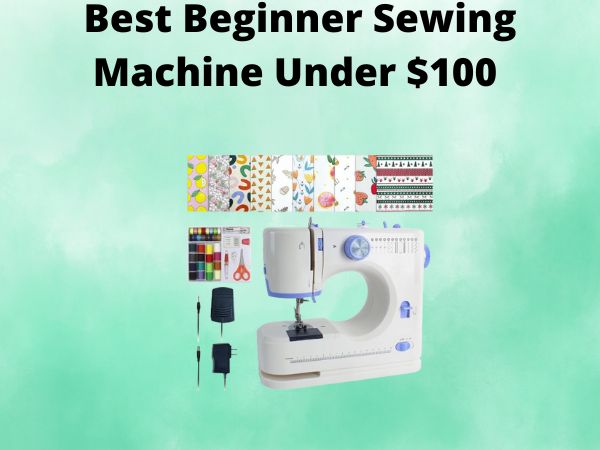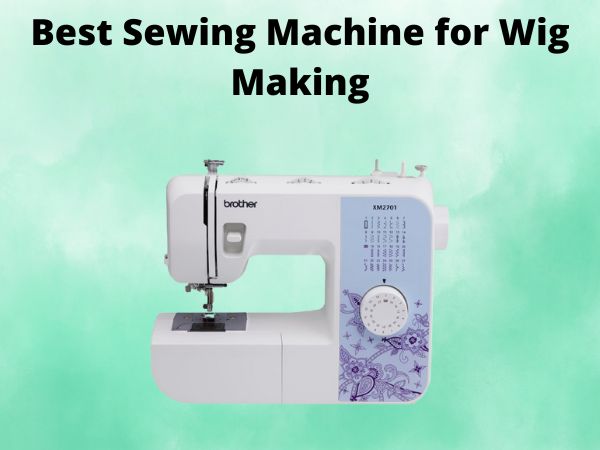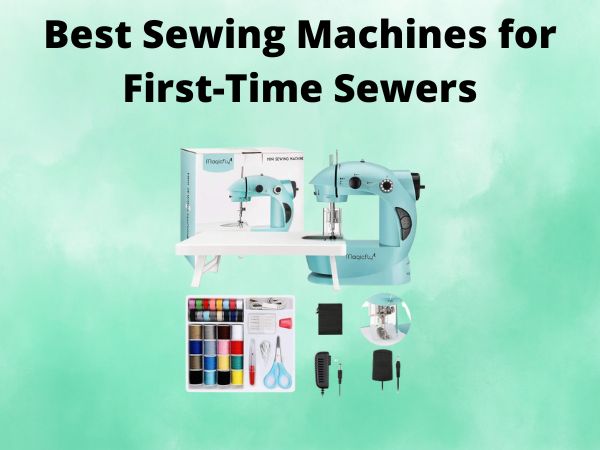How to Adjust Presser Foot on a Sewing Machine [Like a Pro]
Welcome to the world of sewing, where creativity meets precision! One of the essential aspects of mastering your sewing machine is understanding and properly adjusting the presser foot. It’s the unsung hero that holds your fabric firmly in place. But how do you adjust it like a pro? Let’s dive in!
Table of Contents
Introduction to the Presser Foot
The presser foot is a small, yet vital component of your sewing machine. Think of it as the steadfast hand that holds the fabric securely as you guide it through the machine. Without it, sewing would be like trying to write while someone else moves the paper around—utter chaos!
Why Adjusting the Presser Foot Matters
Why should you care about adjusting the presser foot? Simple—it affects the quality of your stitches. A misadjusted presser foot can cause uneven stitches, puckered fabric, and even jam your machine. Adjusting the presser foot correctly ensures your project will look polished and professional.
Types of Presser Feet
Basic Presser Feet
The basic presser foot is versatile and is typically used for straight or zigzag stitches. It’s your go-to friend for most projects.
Specialty Presser Feet
For those niche projects, specialty presser feet like the zipper foot, buttonhole foot, and walking foot provide specialized functions to make your sewing tasks easier.
Tools You’ll Need
Before you begin adjusting, gather these essential tools:
- Screwdriver (often included with your sewing machine)
- A piece of scrap fabric
- Your sewing machine manual (always helpful!)
Step-by-Step: Adjusting the Presser Foot
Step 1: Prepare Your Machine
Unplug your sewing machine for safety. Raise the needle to its highest position using the handwheel.
Step 2: Loosen the Screw
Locate the screw that holds the presser foot in place and loosen it slightly using your screwdriver.
Step 3: Adjust the Height
Adjust the height of the presser foot so it sits snug on your fabric. Too high or too low can affect how well it grips the fabric.
Step 4: Tighten the Screw
Once adjusted, securely tighten the screw without overtightening. This prevents the presser foot from shifting during sewing.
Step 5: Test Your Adjustments
Run a piece of scrap fabric through the machine to test. Adjust further if necessary until the fabric feeds smoothly.
Common Mistakes and How to Avoid Them
Too Much Pressure
Applying too much pressure can lead to puckered seams. Make sure you’re not forcing the fabric through the machine.
Insufficient Tension
Watch out for loose seams. Check your machine’s tension settings and the pressure exerted by the presser foot.
Troubleshooting Tips
If you encounter issues with fabric movement or stitch quality, consider these troubleshooting tips:
- Check the fabric type and adjust the presser foot pressure accordingly.
- Ensure the thread tension matches the fabric weight.
- Clean your machine regularly to avoid lint buildup that can affect performance.
Maintaining Your Sewing Machine
Regular maintenance is crucial. Keep your machine clean, oil it as recommended, and inspect mechanical parts frequently to ensure smooth operation.
When to Seek Professional Help
If adjusting the presser foot doesn’t resolve your issues, or if you notice unusual noises or performance problems, consult a professional technician. Like a finely tuned car, sometimes your sewing machine needs expert care.
Conclusion
Adjusting the presser foot on your sewing machine isn’t just a technical task—it’s a craft. It’s about ensuring your creative expression isn’t hindered by technical hitches. With the right adjustments, you can enhance your sewing projects, making them as stunning as you envision. Remember, practice makes perfect!
Frequently Asked Questions
How do I know if my presser foot is too tight?
If your fabric is bunching or stitches are skipping, your presser foot might be too tight. Loosen it slightly and test again.
Can I use any presser foot type for all fabrics?
No, using the correct presser foot for the specific fabric or stitch type is essential for optimal results.
What should I do if the presser foot isn’t holding the fabric?
Check the pressure setting and adjust. Ensure the foot is clean and free from lint that might reduce its grip.
How often should I maintain my sewing machine?
Regular maintenance depends on usage. For frequent users, monthly checks are ideal; occasional users can do this quarterly.
Is an automatic adjustment feature available on all machines?
Not all machines have an automatic adjustment. Check your machine’s manual to see if this feature is available.




